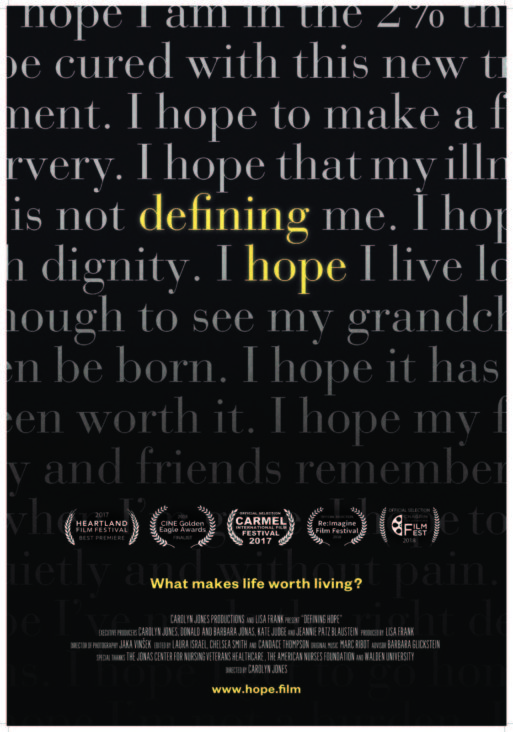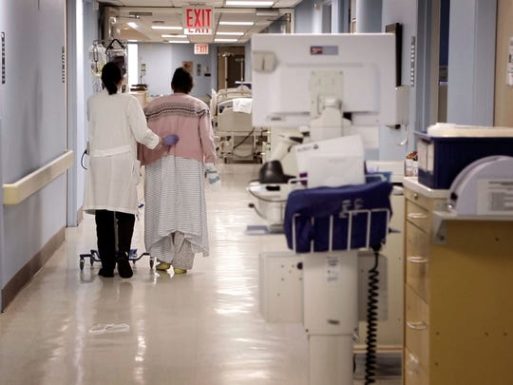“Defining Hope,” a 2017 documentary from director Carolyn Jones, explores the ways that hospice and palliative care can empower patients with terminal illnesses. The film follows patients with life-threatening illnesses and the nurses who care for them as they make choices about how they want to manage their healthcare, how much medical intervention they want to accept, and how they want to spend their time as they progress to the last stages of life.
The documentary focuses on two nurses: Diane Ryan, a staff member at Calvary Hospital, a nonprofit institution specializing in hospice and palliative care, and Gilbert Oakley, of Visiting Nurse Service of New York, one of the largest nonprofit home health care agencies in the United States.
Ryan has spent much of her career working in emergency rooms and has witnessed the emphasis conventional hospitals place on prolonging life at any cost. At Calvary hospital, patients who have been through invasive surgeries and grueling medication regimens are given their autonomy back: Hospice allows them to focus on whatever matters to them in the last stages of life rather than strong-arming them into further treatment. Patients become active collaborators in their own day-to-day care at Calvary.
During the shooting of “Defining Hope,” Ryan herself was diagnosed with cancer, and the film highlights her navigating her own treatment while she cares for terminal cancer patients. Her story is interwoven with those of other patients: a 95-year-old man whose wife is struggling to come to terms with his desire to die at home and a 23-year-old with a brain tumor who is grappling with the choice to proceed with treatment that may prolong her life but degrade her quality of life.
“Defining Hope” was the result of four years of research and over 150 interviews with nurses and healthcare professionals for both “The American Nurse Project” and the Dying in America website. The result is a film that is life-affirming and compassionate. It reminds us that we are empowered to make choices about our own end-of-life care and that a good ending can look many different ways.

 “Defining Hope” by Carolyn Jones
“Defining Hope” by Carolyn Jones




 How Dare You Die Now!
How Dare You Die Now!
 Debating Medical Aid in Dying
Debating Medical Aid in Dying
 “Help Me, Helen”
“Help Me, Helen”














